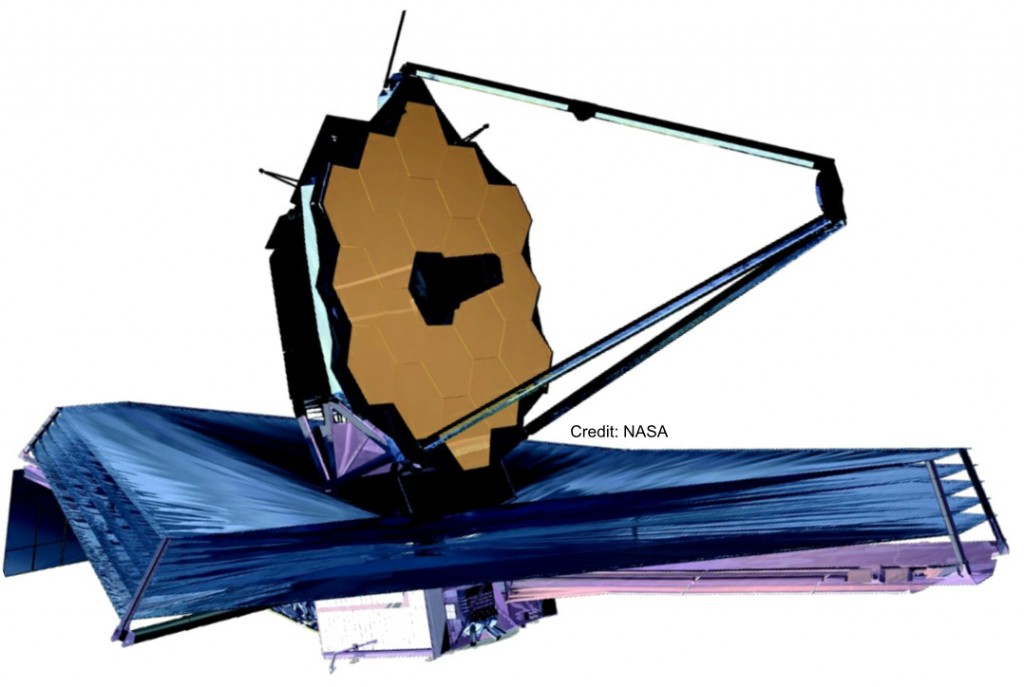You are in: Blog

The James Webb Space Telescope A Year of Significant Progress
The James Webb Space Telescope (JWST) celebrates a year of achievement with the 2012 fiscal year appropriation bill, marked up by the US Senate, which confirms support of the James Webb Space Telescope until its launch in 2018.
JWST is an international collaboration between NASA, the European Space Agency (ESA), and the Canadian Space Agency (CSA). The NASA Goddard Space Flight Center is managing the development effort. The main industrial partner is Northrop Grumman; the Space Telescope Science Institute will operate Webb after launch.
Cryoconnect, a division of Tekdata Interconnections Limited and a leading UK-based wiring systems specialist, is manufacturing the spacecraft harnesses under contract to Northrop Grumman, NASA’s prime contractor. The complex harnesses form an essential part linking the spacecraft’s Instruments and systems to the telescope controlling its alignment and providing temperature information for health monitoring.
The James Webb Space Telescope marked a year of significant progress as it continues to come together as NASA’s next generation space telescope. The year brought forth a pathfinder backplane to support the large primary mirror structure, mirror cryotesting, several successful sunshield layer tests and the creation of an assembly station within NASA Goddard Space Flight Centre’s cleanroom. Achievements were also made in the areas of flight and communications software and the propulsion system.
Cryoconnect have also manufactured and delivered harnesses for three of JWST’s four primary Instruments,
MIRI (Mid-InfraRed Instrument), NIRCam (Near Infrared Camera) and NIRSpec (Near Infrared Spectrograph).
inShare
1
Posted in Cryoconnect, Space | Tagged CSA, ESA, JWST, MIRI, NASA, NIRCam, NIRSpec, Northrop Grumman | Comments Off
ESA’s Planck Telescope Reveals an Almost Perfect Universe
Posted on April 4, 2013 by Tekdata
inShare
Exciting new data acquired by ESA’s Planck space telescope shows the most detailed map ever created of the CMB (cosmic microwave background) – the relic radiation stretching back in time from the Big Bang and revealing the existence of features that challenge the foundations of our current understanding of the Universe.
The data also suggests that the cosmos is slightly older than scientists had previously calculated; now putting its age at 13.82 billion years, which is 100 million years older than previous estimates.
ESA’s Director General Jean-Jacques Dordain says “The extraordinary quality of Planck’s portrait of the infant Universe is allowing us to peel back its layers to the very foundations, revealing that our blueprint of the cosmos is far from complete.”
“Since the release of Planck’s first all-sky image in 2010, scientists have been carefully extracting and analysing all of the foreground emissions that lie between us and the Universe’s first light, revealing the cosmic microwave background in the greatest detail yet,” adds George Efstathiou of the University of Cambridge, UK.
One of the most surprising findings is that the fluctuations in the CMB temperatures at large angular scales do not match those predicted by the standard model, but because the precision of Planck’s map is so high, it has also made it possible to reveal some peculiar unexplained features that may well require new physics to be understood.
inShare
Article first published : 8/8/2014